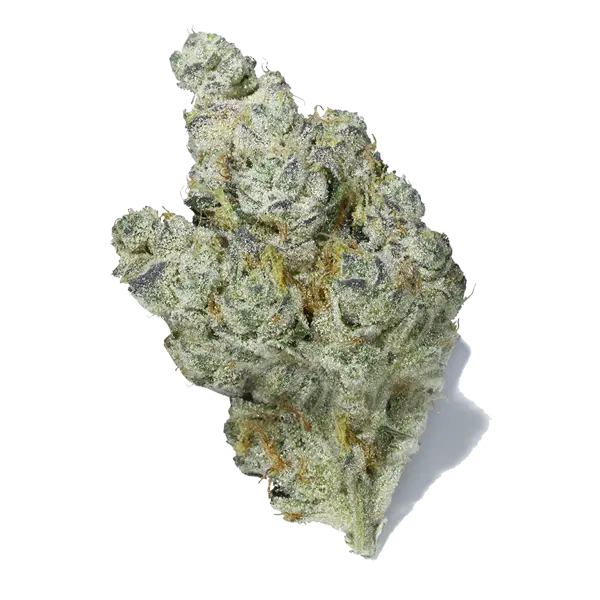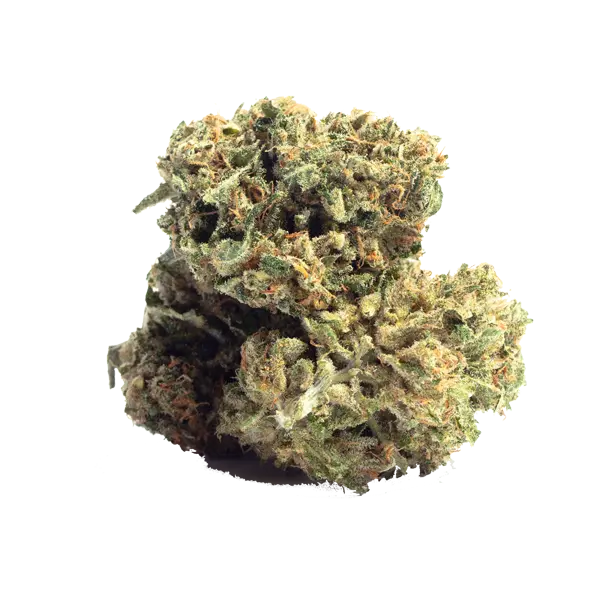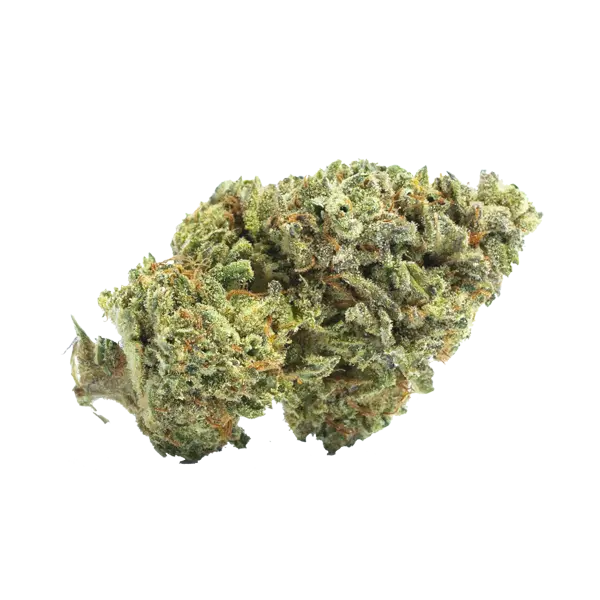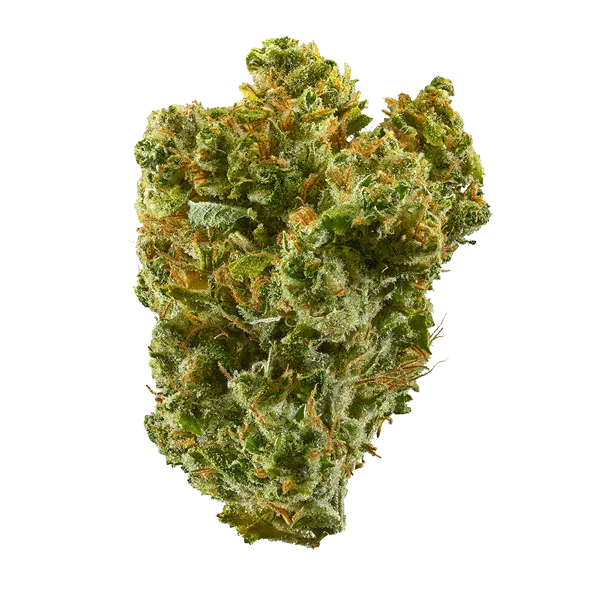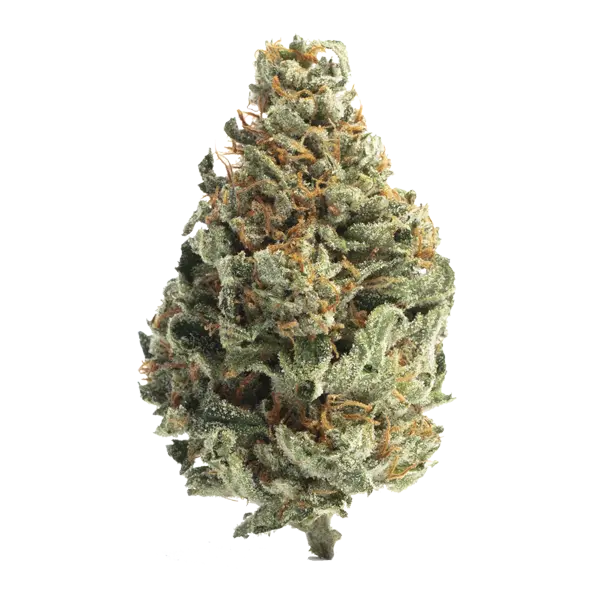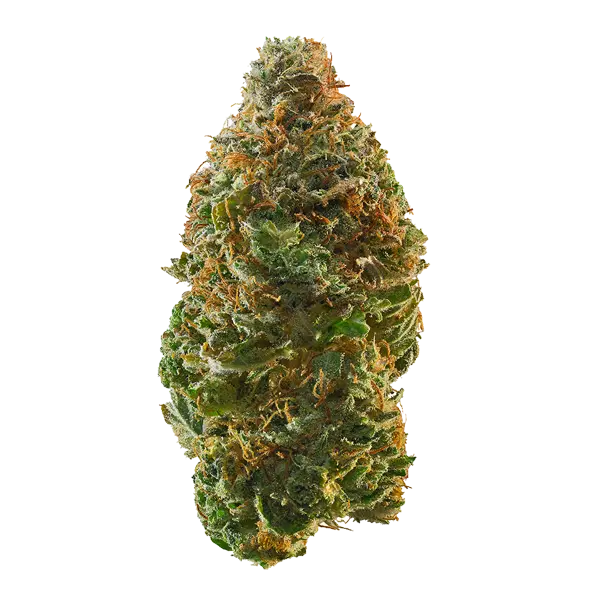The history of Death Star begins in Ohio in the early 2000s. Developed by a group known as 'Team Death Star,' the strain gained popularity in 2004 and quickly spread throughout the Midwest and East Coast. By 2010, Death Star had garnered significant attention, being featured in High Times and cementing its place in the cannabis community.
Visually, Death Star is striking. The buds are thick, fat, and sticky, often featuring dark orange hairs on dark green leaves. Some variations of the strain showcase bright green leaves with darker green accents, all covered in vibrant, amber trichomes. This gives the buds a golden-green hue and a cream-colored coating of trichomes, making them highly attractive and indicative of their potency.
The aroma of Death Star is pungent and earthy, with a strong skunk-like fragrance that can fill a room instantly. This powerful scent is part of what makes Death Star so distinctive. When the buds are broken up, the aroma intensifies, making it difficult to conceal. The flavor mirrors the aroma, dominated by a diesel taste with a slight citrus kick. The sweetness of the flavor can vary, often coming in waves, making it a delight for fans of diesel strains.
The effects of Death Star are robust and multifaceted. Initially, users may feel a creeping onset that gradually envelops them in relaxation and euphoria. This strain is known for its sedative qualities, making it an excellent choice for those looking to unwind in the evening or before bed. The balanced effects of both sativa and indica genetics provide a euphoric head high coupled with a relaxing body high, ideal for stress relief and mood elevation.
Medically, Death Star is highly effective for a range of conditions. It is commonly used to alleviate symptoms of depression and stress, offering mental relief and a sense of calm. The strain's sedative properties make it an excellent choice for treating insomnia, helping users achieve a restful night's sleep. Additionally, Death Star is beneficial for nausea and pain relief, providing a soothing effect that can help manage chronic pain and discomfort.
Growing Death Star can be a rewarding experience for cultivators. The strain can be grown both indoors and outdoors, typically flowering in about 65 days. It tends to grow in short bushes, producing smaller but dense buds. Due to its dense bud structure, Death Star is prone to bud rot, so growers need to monitor humidity levels carefully and ensure proper air circulation.
In summary, Death Star stands out as a potent and well-balanced hybrid that offers a blend of euphoric and relaxing effects. Its unique aroma, powerful flavor, and high THC content make it a favorite among cannabis connoisseurs. Whether used for its medicinal benefits or simply for relaxation, Death Star delivers a comprehensive and satisfying experience.
